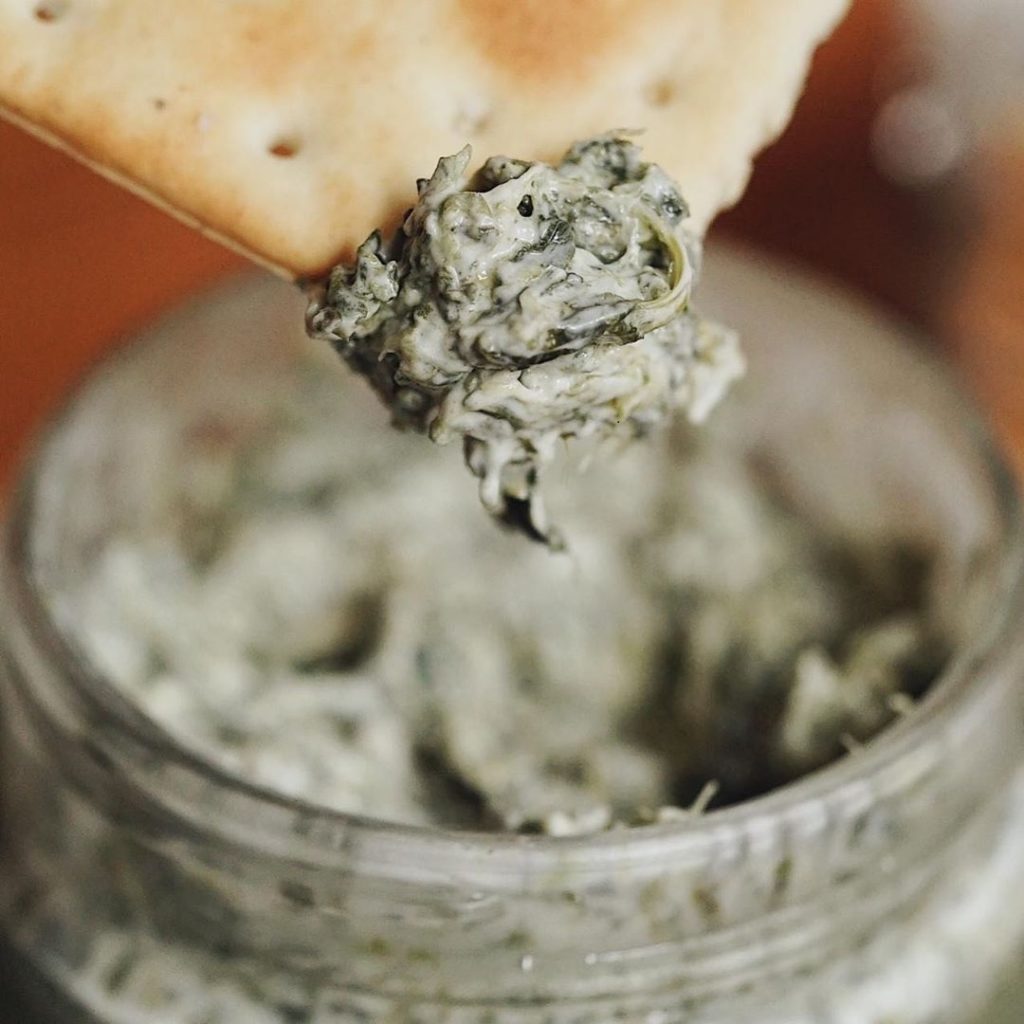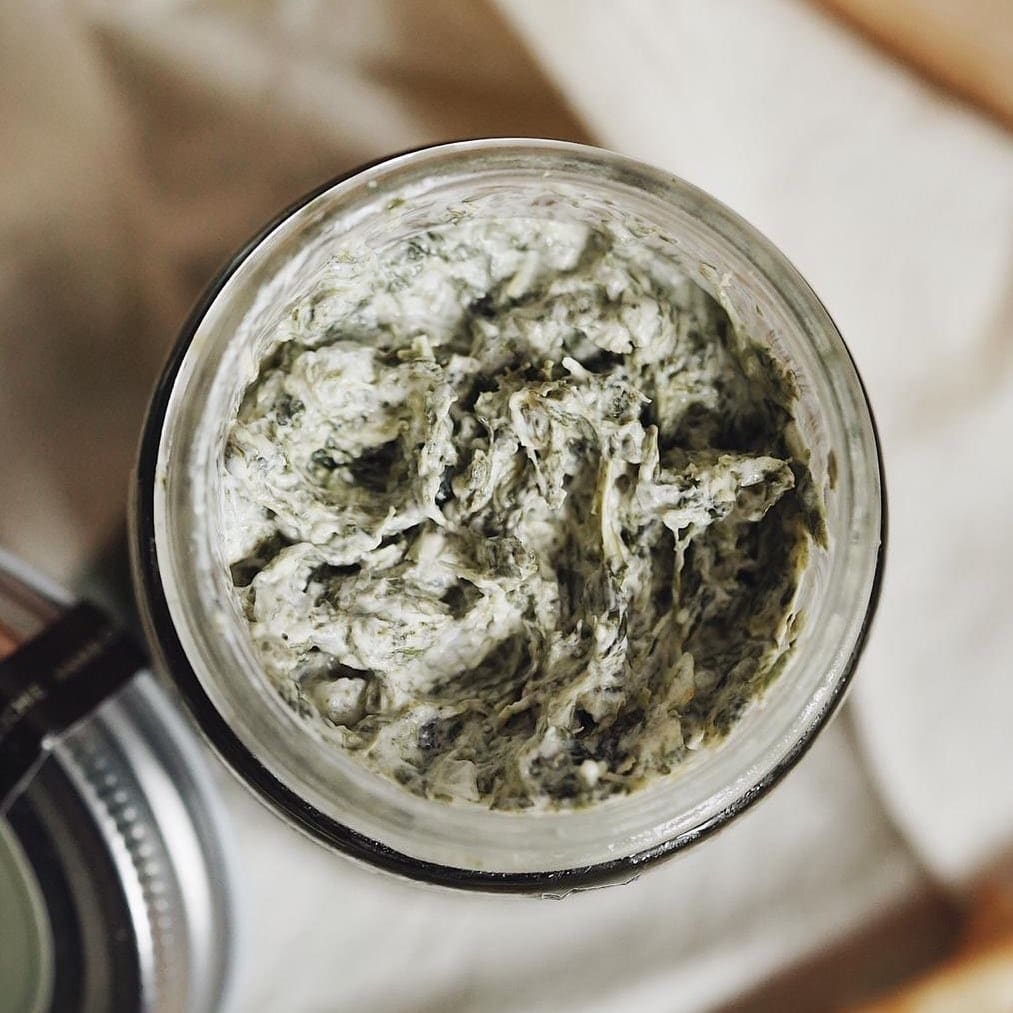
Can spinach dip be frozen?
We not only answer that question below, but we also take a look at the pros and cons of freezing this popular dip, along with how to go about freezing it properly.
Can You Freeze Spinach Dip & Should You Be Doing This?

Yes, you can freeze spinach dip, however, you need to be aware that a big issue pops up once you begin to thaw it out.
There is a significant chance that the dip could become watery/runny and not have the same consistency as when it was originally made.
Some of the main ingredients in spinach dip include either, sour cream, mayonnaise or cream cheese and the truthful fact is that these specific dairy products do not freeze well.
The end result of eating your now thawed spinach is dip, is something that looks the same, but doesn’t have that familiar taste, as it will be watery and possibly gritty.
Should You Freeze Spinach Dip?
So, the big question is, should you be freezing spinach dip? As stated above, you can make a big batch of dip ahead of time and freezing is definitely the best option available for long-term storage, but, it does come with a downside.
Once you thaw the spinach dip, there is a big possibility that it could turn grainy and watery.
However, there are ways around this. To combat the runny/watery texture when thawed out, it is recommend that you stir in some more mayonnaise, cream cheese or sour cream when reheating this dish after it has been defrosted.
You could also reduce the amount of cream cheese, mayonnaise, sour cream found in the recipe if you plan on eating it for a later date.
When we reheating, you can add in the missing portion to try and restore the spinach dip’s consistency to what it originally should be.
Related: Can You Freeze Spinach?
How to Freeze Spinach Dip: A Step-by-Step Guide

Freezing spinach dip is quite easy and once you have already baked your dish, there are only a few extra steps needed to get it ready for the freezer.
Step 1
After you have assembled and baked your spinach dip, allow it to cool until it reaches room temperature, before preparing it for freezing.
Step 2
After the dip has cooled, you can freeze the whole batch or you can divide into individual servings.
Individual servings make it easier if you only want to use a certain amount of dip for dinner, as opposed to thawing and using the whole batch.
To do individual servings, you can scrape the dip into a muffin pan. You can then place the muffin pan in the freezer and allow the spinach dip to freeze for a little, before being transferred into its final storage container.
Step 3
Once you have everything divided, you can now place the dip into freezer safe bags/containers.
Step 4
Ideally, you should label the container/bag that you just put in the freezer, just so that you have an idea as to how long it has been in there.
While you can store spinach dip in the freezer for up to 2 to 3 months, it is highly recommended to use it sooner than later.
Related: Can You Freeze Cream Cheese?
Thawing Frozen Spinach Dip
Thawing frozen spinach dip is quite easy and this is usually done in the refrigerator overnight.
You have to plan ahead when getting ready to use the spinach dip, as thawing it out in the refrigerator could take hours.
There is a downside with freezing spinach dip and that is based on the dairy ingredients in it. Traditionally, the dip is made with either sour cream, cream cheese or mayonnaise. When thawed out, these will often result in the dish being runny or watery.
Keep this in mind when thawing out, as you might have to add in more of the ingredients when reheating, to ensure the dip has its rightful consistency.
Wrapping it up
While it is highly recommended to have spinach dip freshly made, it is still possible to freeze it.
It can be stored in the freezer for 2-3 months before the quality begins to degrade, but it is recommended to use it before that time.
When thawing the frozen spinach dip, there is a significant chance that it could become runny/gritty when defrosted, as the texture of the main dairy ingredients could change. This can be rectified by adding in more of those dairy products when reheating.